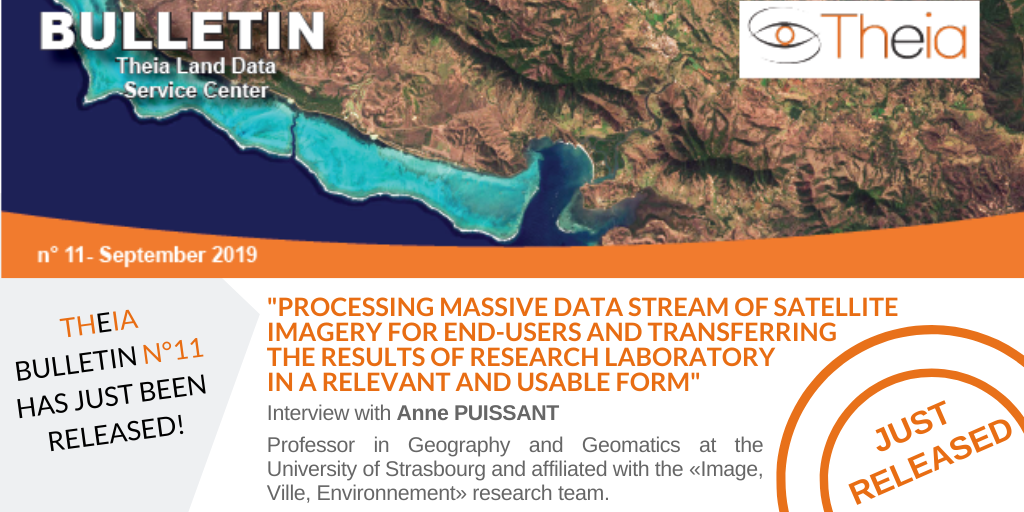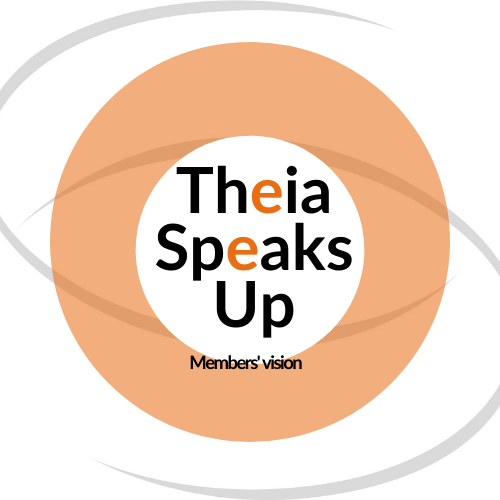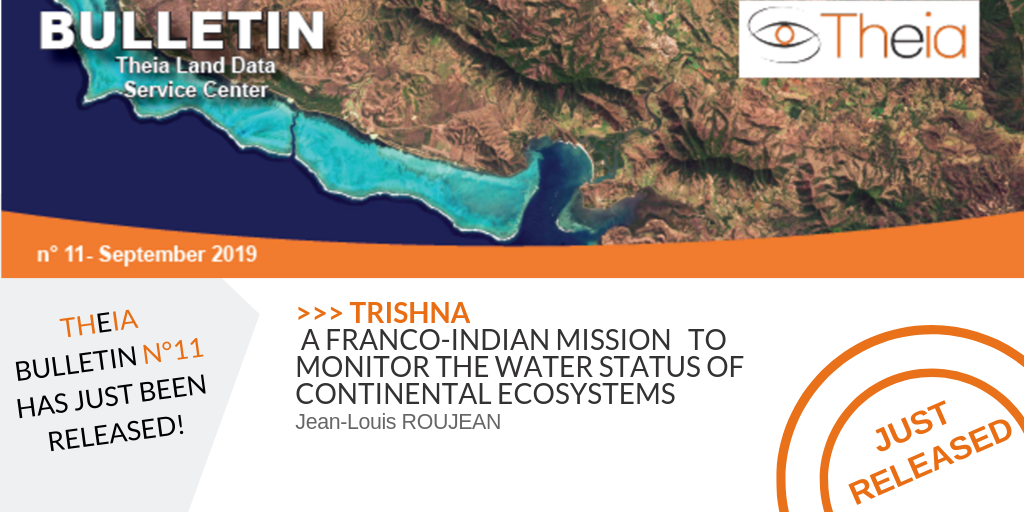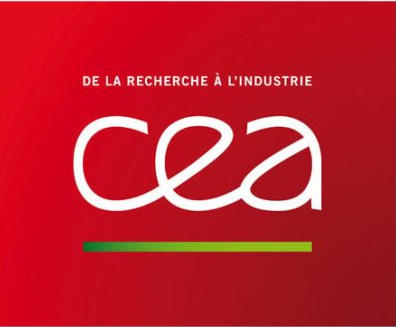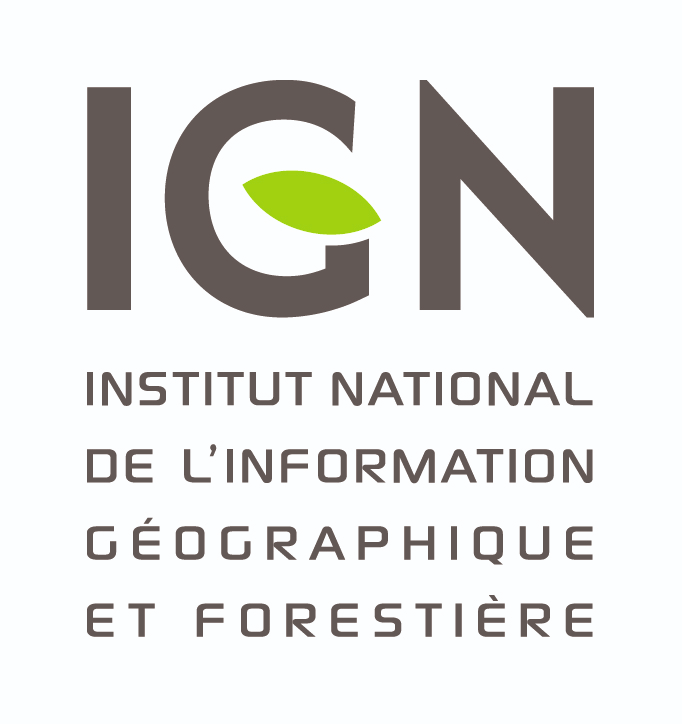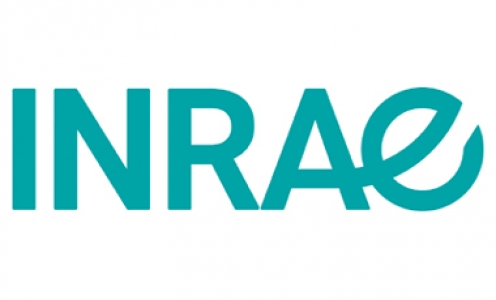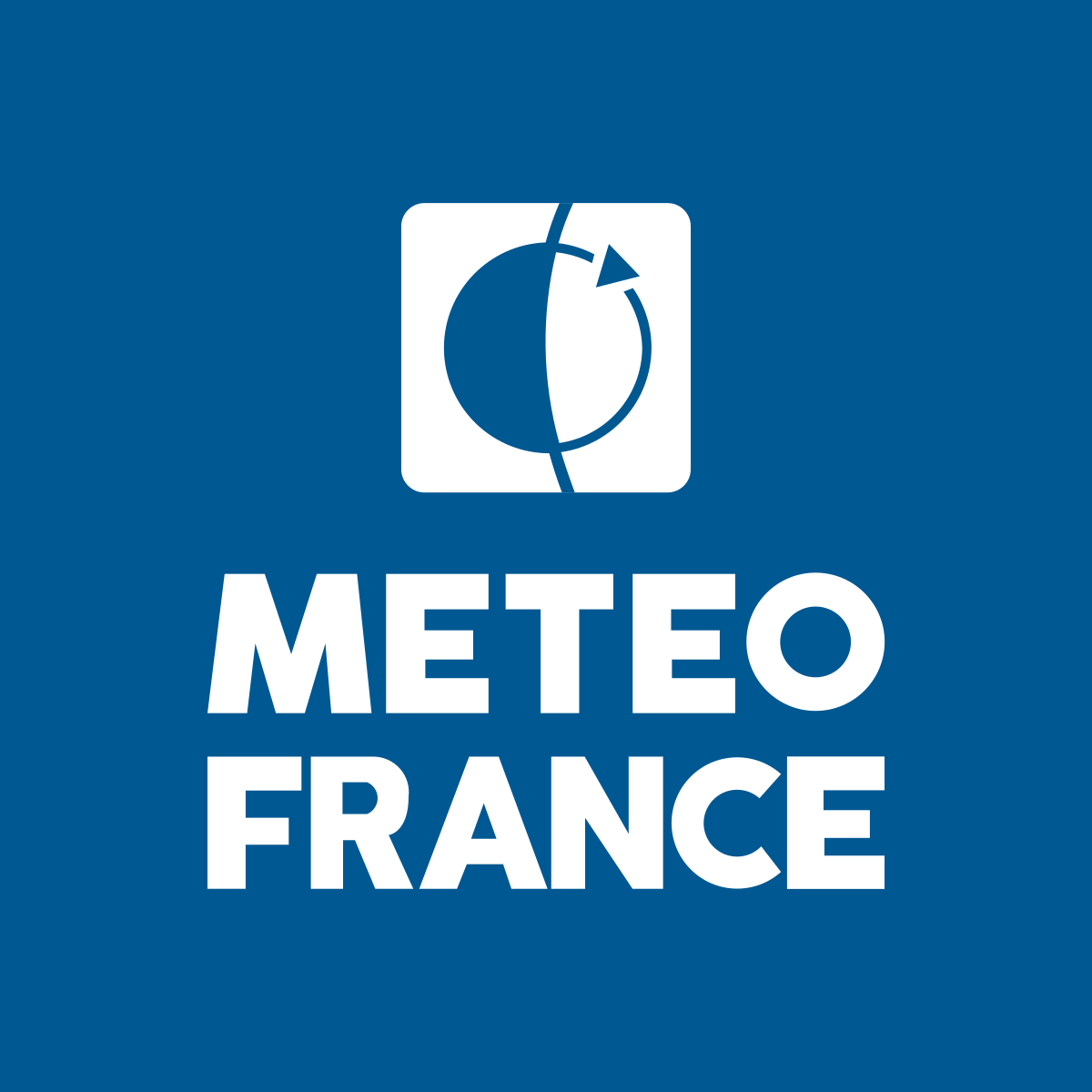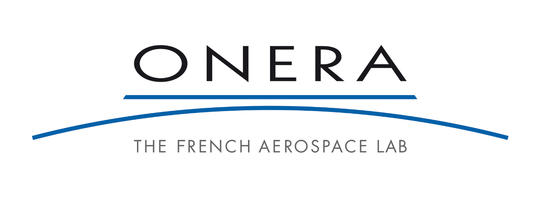Processing massive data stream of satellite imagery for end-users and transferring the results of research laboratory in a relevant and usable form
You are the facilitator of Theia Urban Scientific Expertise Center as well as a central stakeholder in Theia Grand-Est regional animation network (Kalideos-Alsace).
What motivates your strong involvement in Theia?
Anne PUISSANT: Through my research activities and my involvement in training as head of a Master’s degree dedicated to the exploitation of digital geographical data (Master’s degree in “Observation de la Terre et Géomatique” from the University of Strasbourg), I have always tried to develop research with an operational vocation, i.e. which meets end-users’ needs.
Strong links to training facilitate interactions with entities which may not have thought to exploit multisource data – of which satellite imagery is only a part – with their applications. These training and research exchanges also enable the development of links with local stakeholders, particularly through former students once they become professionals, and ensure scientific monitoring in the field.
Thus, as part of my applied research activities in the fields of land use and urban planning, I was already participating in the regional information network CIGAL (Coopération pour l’Information Géographique en Alsace – now the GeoGrandEst network). Through this very active network research activities were thus presented to local stakeholders. So it was only natural that when Theia regional animation network (RAN) was created I joined the Geo Grand-Est RAN. This structure offers the possibility to formalize this local animation, which was previously carried out without any framework, in close collaboration with all the partners of the GeoGrandEst network.
How does this involvement relate to your research work?
Anne PUISSANT: In addition to my training activities, I have been working for many years with laboratories that focus on urban issues (social sciences) and/or research laboratories specializing in new technologies (engineering and computer sciences).
The creation of Theia was an opportunity to bring together all the laboratories interested in these two fields. The Urban Scientific Expertise
Center (SEC) provides an opportunity to discuss research developments related to land cover/use changes and issues in a context of climate changes: urban sprawl, loss of agricultural land, loss of biodiversity, urban
heat island, etc. The SEC facilitation allows us to develop research which answer end-users needs, including design of value-added products derived from satellite imagery.
What is the main challenge you see for the future?
Anne PUISSANT: With the easier availability of Sentinel constellation images and image archives (Landsat, SPOT, etc.) and the Open Data movement, tomorrow’s challenge is twofold: process for end-users massive streams of satellite imagery and transfer results of research laboratories in a relevant and useable form to various services (urban management and planning, decision-making, etc.). It is in this context that the research laboratories of the University of Strasbourg propose a new platform dedicated to the massive processing of satellite imagery (A2S Platform).
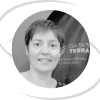
Anne Puissant
U. de Strasbourg | Live
@A.Puissant
ResearchGate
Contributions FR | EN
Go further
Read the New Theia Bulletin
>>> Read on-line on Calaméo

